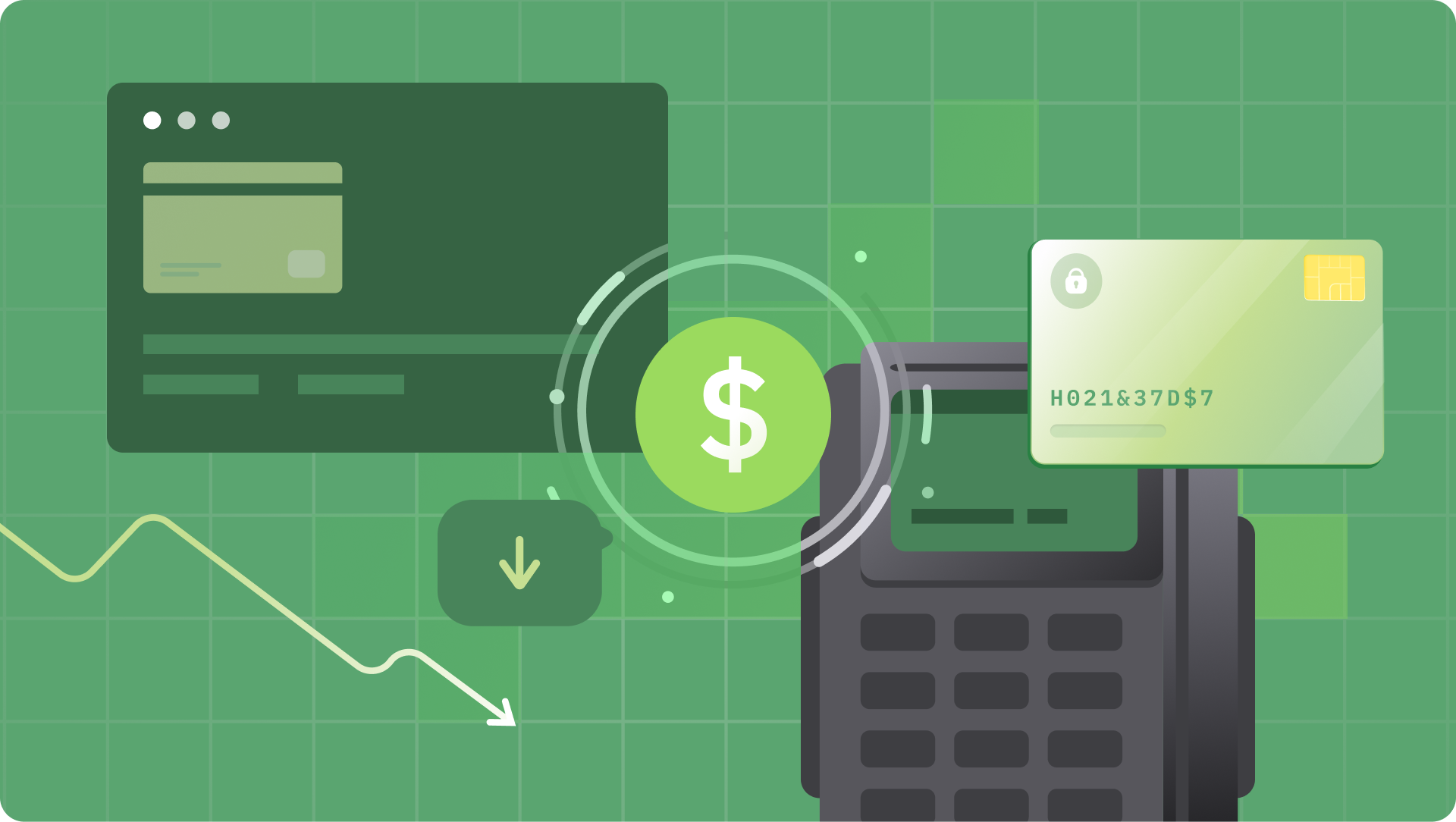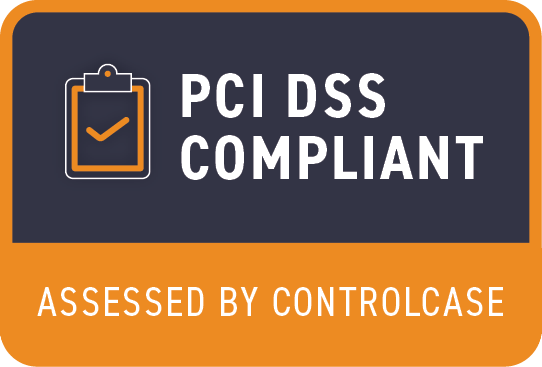What is A2A Payments?
A2A Payments stand for Account-to-Account payments. These payments transfer funds directly from Payer (E.g., customer) to Payee (E.g., Merchant), typically using bank-to-bank payment protocols. Think of it as transferring money from one bank account to another without needing instruments like cards.
A2A payments aren't new and have been there for a while as bank transfers. They are the dominant means of payment for P2P (peer-to-peer money transfer) or B2B (businesses paying each other for their services). ACH is the most well-known example of A2A payments.
ACH Payments
ACH (Automated Clearing House) is one of the largest payment networks in the US. It is a bank-owned payment system heavily used for consumer bill payments and B2B payments. NACHA (Electronics Payments Association) serves as the trustee of the ACH network and manages its operating rules. ACH supports two types of transactions:
- ACH Credit (Push payment): The payer initiates the transaction and sends money to the receiver
- ACH Debit (Pull payment): The receiver pulls money from the payer
ACH has been designed as a low-cost, high-volume payment method that banks and their customers widely use. The simplicity, cost-effectiveness, and reach of ACH make it a vital payment option to offer your customers. However, ACH faces competition from the new seamless payment systems that offer faster settlements.
What is new in A2A?
What is new is how A2A is fast catching up for C2B (consumer paying to businesses) use cases. The primary drivers for the fast adoption of A2A for merchant payments are:
- Launch of Real-time Payments (RTP)
- Modernization of payments infrastructure by banks
- The emergence of Open Banking
Real-time Payments (RTP)
RTP offers an instant, 24x7, account-to-account electronic funds transfer through various channels like mobile devices, desktops, digital wallets, etc. Typical RTP has four elements:
1. Authorization: Certification of the payer and the payment
2. Posting: Making the funds available for the transfer
3. Settlement: Instant settlement of outstanding obligations between the parties
4. Notification: Notify the payee regarding the confirmation of payment
Exponential Growth of RTP
As per ACI's report, 118 billion RTP payments were made worldwide in 2021, a growth of 64% over the previous year. The report has estimated an aggregated savings of USD 46Bn for consumers and businesses thanks to RTP. ACI estimates that by 2026, RTP will contribute ~25% of all global payments. Some of the popular RTP Payment Methods:
- North America
- US - Zelle (2017), FedNow (2023)
- Candada - Interac e-transfer (2002)
- South America
- SPEI - Mexico (2004)
- PIX - Brazil (2020)
- Europe
- EU - SCT Inst (2017)
- UK - Faster Payments (2008)
- iDEAL - the Netherlands (2005)
- Asia
- Zengin - Japan (1973)
- IBPS - China (2010)
- UPI / IMPS - India (2016 / 2010)
- FAST / PayNow - Singapore (2014 / 2017)
- DuitNow - Malaysia (2018)
- InstaPay - Philippines
Benefits of RTP
RTP has a strong pull both from customers and merchants as it has the following benefits:
1. Instant settlement: The assurance of payment and the instant availability of funds make it convenient for users
2. Low frauds: Since the settlement is instant and mostly risk-free, the frauds are significantly lower
3. Low processing costs: It is typically low as there are lower frauds, no interest costs, and no significant settlement risks. Also, the payment rails are built and maintained by Govt / non-profit organizations, central banks, or a consortium of banks. (read more on reducing costs )
4. Financial Inclusion: Since most RTPs operate on top of existing bank accounts, digitization of payments is more inclusive as it caters to users who don't have access to cards. This is a top reason developing markets have trumped developed markets in RTP adoption.
5. Economic Growth: RTP is proven to help in generating additional economic output for the country, and hence central banks and governments are strongly backing and investing in RTP.
Challenges in RTP
RTP does have its share of challenges:
1. RTP networks are domestic/local: This results in more diversity of payment options for global businesses across markets. This requires merchants to onboard more payment processors to support these payment options.
2. Inconsistent Implementation: There are early-day pains of new payment methods. To improve conversions, RTP implementations by banks and payment processors must be more consistent or complete.
3. Non-core Use Cases: Many RTPs are yet to be designed or customized for non-core use cases like request-to-pay, recurring payments, cross-border payments, saved payment methods (Card-on-file equivalent), etc.
4. Chargebacks & Customer Protection: The very advantage of RTP can be a challenge regarding provisions for chargebacks or customer protection. Many RTPs are in the early stages of designing robust customer protection mechanisms against fraud.
Open Banking as Enabler for A2A
Open banking allows accessing banking services through API. Open Banking could solve the traditional challenges of inconsistent payment experience in A2A. Open banking has strong backing from the market (Eg. in the US), the regulatory bodies (Eg. in the EU), and the central bank (Eg. in India). Open banking would enable a seamless, embedded payment experience through features like request-to-pay, account verification, and variable recurring payments (with seamless card-on-file) experience.
So, will RTP replace cards?
RTP will increase the total volume of digital payments by facilitating the move from cash. Some % share of payments will also definitely move from cards to RTP, but it is unlikely that RTP will disrupt cards entirely in short to medium term. The payment diversity is here to stay. Cards (esp. credit cards) have unique advantages of global acceptance, customer protection, reward programs, interest-free credit for 30-45 days, and specific use cases like recurring payments. So, as a business, you will have to embrace diversity and offer a variety of payment methods as per your customers' preferences.
Some sectors with high-value transactions will see a remarkably high adoption of RTP. For example, Australia is seeing high demand for their RTP implementation - PayTo in sectors like furniture and car purchases before PayTo is even fully released.
Should you offer RTP for your customers?
Given the benefits of RTP in reducing processing costs and increasing customer reach, it is paramount to offer in emerging markets like Brazil, Mexico, and India. Even the adoption of RTP by developed markets like the EU, UK, Singapore, and the US is rapidly increasing. So, if your target market has popular RTPs, you should add them as a payment option in your app or website. You can integrate a payment processor that supports these payment methods or use a payment orchestrator like hyperswitch for built-in integration and support.








